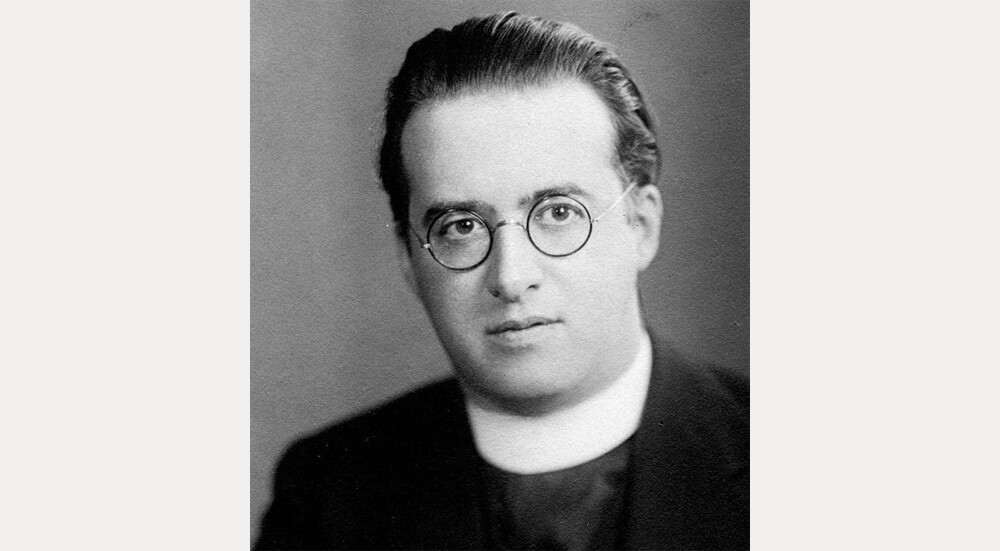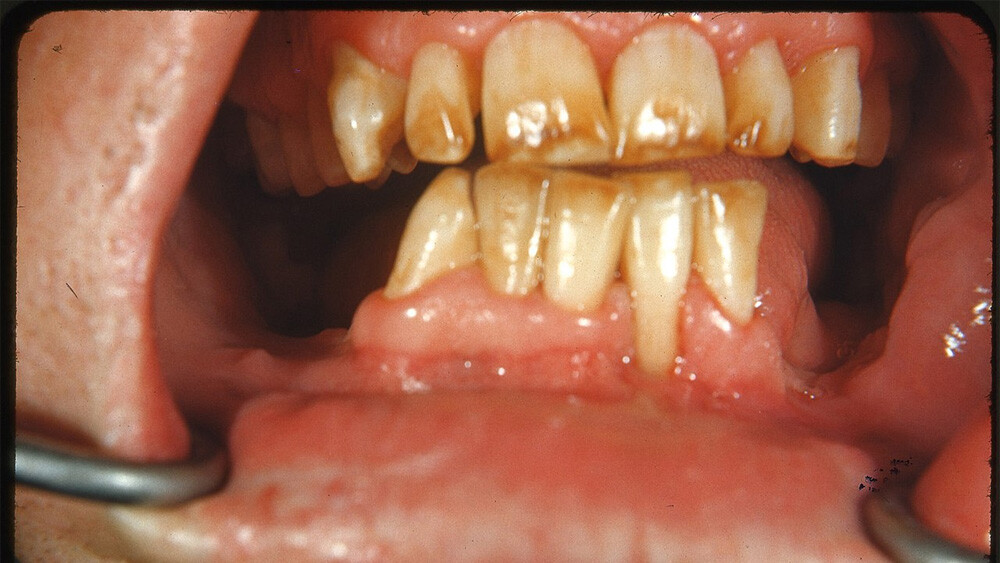Science requires long, repetitive, dedicated work. If we make a movie about a scientific discovery, we’d probably skip all of that and give the hero one crazy eureka moment, because that’s more exciting than how it works in real life.
But occasionally, real discoveries truly do play out thanks to scientists stumbling into something they were never searching for. Sometimes, this comes in the form of a researcher in a lab mixing the wrong bubbling substance and inventing something amazing. Other times, it uncovers some broad truth about how the laws of nature work.
The Ugly Smiles
You’ve surely been hearing about new skepticism toward fluoride in water, with Utah banning fluoridation and RFK Jr. telling the CDC to stop recommending the practice nationwide. Have you ever wondered, though, how we began adding fluoride to water in the first place? It wasn’t because we started out interested in making teeth stronger and tested various substances on teeth till we found the one that worked.
Don’t Miss
Instead, in 1901, a dentist arrived in Colorado from Massachusetts and noticed something unusual about the teeth of the residents of Colorado Springs. Savvy readers might already guess that these residents were experiencing the effects of water that was naturally fluoridated due to those springs, and that would be correct. Savvy readers might also guess that the unusual effect was reduced tooth decay, and that would be only half-correct. These residents did have fewer cavities, but there was no way Dr. Frederick McKay would have noticed that and been sure something weird was going on.
What he did notice was this:
Residents all had brown splotches on their teeth, a condition that McKay dubbed Colorado Brown Stain. “It’s because we eat so much pork,” said locals. The search for what really browned their teeth took decades.
McKay theorized early on that there could be something in the water, and he tested this by getting growing kids to drink alternative water for several years. That did save them from the browning. But his analysis of the water turned up nothing because fluoride is one specific tiny ion, and it never occurred to him to test for it. In the end, it was a private aluminum company that discovered what was in there, because they’d been facing accusations that they were the ones poisoning the water and wanted to prove them wrong.
Only after all these observations did dentists point out that the brown Colorado enamel appeared to be stronger than the regular kind. Maybe there was a dosage of fluoride that strengthened teeth without making them look like cola-flavored gummies.

If you heard about fluoride in 1945, you might well have been one of the fluoride skeptics. But then came the first pilot program, which lasted 15 years and provably did strengthen teeth. After that came another 65 years of data, comparing hundreds of millions of people drinking fluoridated water to billions of people not doing so, with the first group suffering fewer cavities and no side effects.
At this point, if you demand a halt to fluoridation so we can get more data, you’re not being serious. If we go back to small-scale testing, we’ll be getting data thousands of times slower than we’ve already been getting it, and anyway, we don’t need more data. We got all we needed long ago.
The Noisy Radio
The Big Bang theory is arguably the oldest theory of the universe we have. If you summarize it as, “first there was nothing, and then the universe blasted into being,” which isn’t quite accurate, but it’s roughly what people think, it’s the foundation of most religions, including the first words of the Bible. Maybe you shouldn’t be so surprised then that the first scientist to formally describe the Big Bang was a Catholic priest.

via Wiki Commons
But they didn’t have proof back when Georges Lemaître proposed the theory in 1931. Proof didn’t come until 1965, when scientists detected background radiation lingering from the birth of the universe.
They weren’t looking for that radiation. The scientists at Bell Labs in New Jersey who found it had just built a new radio receiver and were annoyed by all the unwanted noise it picked up. By complete coincidence, the scientists next door in Princeton were looking for background radiation, so when they heard about their neighbors’ static, they knew what it really had to be. We proved the Big Bang theory through the dual virtues of happenstance and friendship.
What the Spies Heard
Space contains many other kinds of radiation as well. For example, there are gamma-ray bursts, the biggest explosions in the universe, from billions of light-years away.

We first observed a gamma-ray burst in the 1960s. We weren’t looking for one of them. We were looking for gamma rays from nuclear tests being secretly conducted by the Soviets, and our satellites were expecting to find such rays coming from Earth. Instead, the rays came from the depths of space and taught us just how petty our worries are.
One of those nukes we were looking at might give out a megaton of TNT’s worth of energy. A gamma-ray burst will give out 1 x 10^29 of those in a few seconds. That’s more than the energy from a trillion nukes going off every second from the Big Bang right till now.
The King’s Challenge
The three-body problem isn’t just the name of a book series and a Netflix show. It’s a real problem in physics, which can be stated like this:

via Wiki Commons
In 1889, the King of Sweden offered a prize to whoever could solve a question he presented about stability of the objects in a three-body problem. Mathematician Jules Poincaré came up with the answer. Then, right before the time came for judging, he spotted an error in what he’d written and pulled it back.
In the end, he submitted an answer saying that you can’t demonstrate the stability of that system, and this won him the prize. But the error he spotted proved the more interesting part of the story because it led him to create the field of chaos theory. Specifically, he came up with something called homoclinic chaos, which sounds like how a 1980s politician would describe the AIDS crisis, but it’s a real thing in math, we promise.
Metal in the Snow
The Earth is 4.5 billion years old. We know this not from checking the dates on contemporary news reports about the Earth’s creation but because of a calculation in the 1950s from geochemist Clair Patterson. He took samples of plutonium and samples of lead, and since plutonium decays into lead over time, this told him how long matter had been hanging around Earth, on a geological scale.
But his investigations turned up a lot more lead than he’d expected. He found lead in rocks, as expected, and he used this for his calculations, but lead also seemed to coat just about everything. He looked in Californian snowdrifts and saw they had loads of lead. He looked in the atmosphere and saw it had loads of lead. You’d think someone else would have noticed this by now, but it seemed that all scientists who previously researched the subject were employed by the National Society for Selling More Lead.

Country Gentleman
Patterson was now looking at something completely unrelated to what he’d planned, but he pressed further and proved that this lead contamination came from vehicle emissions. This finally ended with new clean air laws and the phasing out of leaded gasoline.
We’ve had to fight further to clean up other sources of lead. Last year, new rules imposed stricter limits on how much lead can enter drinking water. This year, the government moved to undo those rules. We guess they need to shift priorities to focus on the real threat: fluoride.
Follow Ryan Menezes on Twitter for more stuff no one should see.
Content shared from www.cracked.com.

